Total Pageviews
Monday 31 July 2017
Basic & Simple Computer Knowledge Questions & Answers Video
Basic & Simple Computer Knowledge Questions & Answers
 Hi everyone, My name's Vishal Kumar. I'm 20 years old and I'm from India. I like reading books, horror novels and studying English. I like watch horror hollywood movies like(Harry potter, Wrong turn, Evil Dead).
Nice to meet to you all.
Hi everyone, My name's Vishal Kumar. I'm 20 years old and I'm from India. I like reading books, horror novels and studying English. I like watch horror hollywood movies like(Harry potter, Wrong turn, Evil Dead).
Nice to meet to you all.
Saturday 29 July 2017
BASIC CONCEPTS OF COMPUTER
BASIC CONCEPTS OF COMPUTER
1.1 INTRODUCTION
A computer is a programmable machine designed to perform arithmetic and logical operations automatically and sequentially on the input given by the user and gives the desired output after processing. Computer components are divided into two major categories namely hardware and
software. Hardware is the machine itself and its connected devices such as monitor, keyboard, mouse etc. Software are the set of programs that make use of hardware for performing various functions.
1.2 OBJECTIVES
After going through this lesson you would be able to:
Familiarise yourself with characteristics of computers
Identify the basic components of a computer
Explain the importance of various units of a computer
Differentiate between system software and application software
Explain the importance of operating system
Get acquainted with open source
Appreciate the need of computer security
1.3 CHARACTERISTICS OF COMPUTERS
The characteristics of computers that have made them so powerful and universally useful are speed, accuracy, diligence, versatility and storage capacity. Let us discuss them briefly.
______________________________________________2 :: Computer and Office Applications
Speed
Computers work at an incredible speed. A powerful computer
is capable of performing about 3-4 million simple instructions
per second.
Accuracy
In addition to being fast, computers are also accurate. Errors
that may occur can almost always be attributed to human
error (inaccurate data, poorly designed system or faulty
instructions/programs written by the programmer).
Diligence
Unlike human beings, computers are highly consistent. They
do not suffer from human traits of boredom and tiredness
resulting in lack of concentration. Computers, therefore, are
better than human beings in performing voluminous and
repetitive jobs.
Versatility
Computers are versatile machines and are capable of
performing any task as long as it can be broken down into a
series of logical steps. The presence of computers can be
seen in almost every sphere – Railway/Air reservation, Banks,
Hotels, Weather forecasting and many more.
Storage Capacity
Today’s computers can store large volumes of data. A piece
of information once recorded (or stored) in the computer,
can never be forgotten and can be retrieved almost
instantaneously.
1.4 COMPUTER ORGANIZATION
Fig.1.1: Computer System

_________________________________________________Basic Concepts of Computer :: 3
A computer system (fig.1.1) consists of mainly four basic units; namely input unit, storage unit, central processing unit and output unit. Central Processing unit further includes Arithmetic logic unit and control unit, as shown in Figure 1.2.
A computer performs five major operations or functions irrespective of its size and make.
These are
It accepts data or instructions as input,
It stores data and instruction
It processes data as per the instructions,
It controls all operations inside a computer, and
It gives results in the form of output.
1.4.1 Functional Units:
A. Input Unit: This unit is used for entering
data and programs into the computer system by the user for processing.

Fig. 1.2: Basic computer Organization
Dotted lines (–– – –) indicate flow of instruction
solid lines (–––––) indicate flow of data
B. Storage Unit: The storage unit is used for
storing data
and instructions before and after processing.
_____________________________________4 :: Computer and Office Applications
C. Output Unit: The output unit is used for
storing the result as output produced by the computer after processing.
D. Processing: The task of performing operations
like arithmetic and logical operations is called
processing. The Central Processing Unit (CPU) takes data and instructions from the storage unit and makes all
sorts of calculations based on the instructions given and
the type of data provided. It is then sent back to the
storage unit. CPU includes Arithmetic logic unit (ALU) and
control unit
(CU)
Arithmetic Logic Unit: All calculations and comparisons, based on the instructions provided,
are carried out within the ALU. It performs arithmetic
functions like addition, subtraction,
multiplication, division and also logical operations like greater
than, less than and equal to etc.
Control Unit: Controlling of all operations
like input, processing and output are performed by control
unit. It takes care of step by step processing of all
operations inside the computer.
1.4.2
Memory
Computer’s memory can be classified into two types;
primary
memory and secondary memory
A. Primary Memory can be
further classified as RAM and
ROM.
RAM or Random Access Memory is the
unit in a computer system. It is the place in a computer
where the operating system, application programs and the
data in current use are kept temporarily so that
they can be accessed by the computer’s processor. It is said to be ‘volatile’ since its contents are
accessible
only as long as the computer is on. The contents of RAM are no more available once the computer is turned off.
____________________________________________Basic Concepts of Computer :: 5
ROM or Read Only Memory is a
special type of memory which can only be read and contents of which are
not lost even when the computer is switched off. It
typically contains manufacturer’s instructions. Among other things, ROM also stores an initial program called
the ‘bootstrap loader’ whose function is to start the operation of computer system once the power is
turned
on.
B.
Secondary Memory
RAM is volatile memory having a limited storage
capacity. Secondary/auxiliary memory is storage other than
the RAM. These include devices that are peripheral and
are connected and controlled by the computer to enable
permanent storage of programs and data. Secondary storage devices are of two types;
magnetic and optical. Magnetic devices include hard disks and
optical
storage devices are CDs, DVDs, Pen drive, Zip drive
etc.
Hard Disk
.jpg)
Fig. 1.3: Hard Disk
Hard disks are made up of rigid material and are
usually a stack of metal disks sealed in a box. The hard
disk and the hard disk drive exist together as a unit and is
a permanent part of the computer where data and
programs
are saved. These disks have storage capacities
ranging from 1GB to 80 GB and more. Hard disks are
rewritable.
_____________________________________6 :: Computer and Office Applications
Compact Disk
Compact Disk (CD) is portable disk having data
storage capacity between 650-700 MB. It can hold large
amount of information such as music, full-motion videos,
and text etc. CDs can be either read only or read write
type.
Digital Video Disk
Digital Video Disk (DVD) is similar to a CD but has
larger
storage capacity and enormous clarity. Depending upon
the disk type it can store several Gigabytes of
data. DVDs
are primarily used to store music or movies and can
be
played back on your television or the computer too.
These
are not rewritable.
1.4.3 Input / Output Devices:
These devices are used to enter information and
instructions into a computer for storage or processing and to
deliver the processed data to a user. Input/Output devices are
required for users to communicate with the computer. In
simple terms, input devices bring information INTO the computer
and output devices bring information OUT of a computer
system. These input/output devices are also known as
peripherals since they surround the CPU and memory of a
computer system.
A) Input Devices
An input device is any device that provides input
to a computer. There are many input devices, but the two most common ones are a keyboard and mouse. Every key you press on the keyboard and every movement or
click you make with the mouse sends a specific input signal to the computer.
Keyboard: The keyboard is very much like
a standard typewriter keyboard with a few additional keys. The
basic QWERTY layout of characters is maintained to make
it easy to use the system. The additional keys are
included
to perform certain special functions. These are
known as function keys that vary in number from keyboard
to keyboard. (see fig. 1.4)
____________________________________________Basic Concepts of Computer :: 7

Fig. 1.4: Keyboard
Mouse: A device
that controls the movement of the cursor or pointer
on a display screen. A mouse is a small object you can
roll along a hard and flat surface (Fig. 1.5). Its name is
derived from its shape, which looks a bit like a
mouse. As
you move the mouse, the pointer on the display screen
moves in the same direction.

Fig. 1.5:
Mouse
Trackball: A
trackball is an input device used to enter motion
data into computers or other electronic devices. It serves
the same purpose as a mouse, but is designed with a
moveable ball on the top, which can be rolled in
any
direction.
Touchpad: A touch
pad is a device for pointing (controlling input
positioning) on a computer display screen. It is an alternative
to the mouse. Originally incorporated in laptop computers,
touch pads are also being made for use with
desktop
computers. A touch pad works by sensing the user’s
finger movement and downward pressure.
Touch Screen: It allows
the user to operate/make selections by simply touching the
display screen. A display screen that is sensitive to the touch of a finger or stylus. Widely used on ATM machines, retail point-of-sale terminals, car navigation systems, medical monitors and industrial control panels.
_____________________________________8 :: Computer and Office
Applications
Light Pen: Light pen is an input device
that utilizes a light-sensitive detector to select objects on a
display screen. (Fig. 1.6)

Fig. 1.6 Light Pen
Magnetic ink character
recognition (MICR): MICR can identify character printed with a special ink that
contains particles of magnetic material. This device particularly finds applications in banking industry.
Optical mark recognition (OMR):
Optical
mark recognition, also called mark sense reader is a
technology where an OMR device senses the presence or absence
of a mark, such as pencil mark. OMR is widely used in tests such as aptitude test.
Bar code reader: Bar-code readers are
photoelectric scanners that read the bar codes or vertical zebra
strips marks, printed on product containers. These devices
are generally used in super markets, bookshops etc.
Scanner: Scanner is an input device that
can read text
or illustration printed on paper and translates the
information into a form that the computer can use.
A
scanner
works by digitizing an image. (Fig. 1.7)

Fig. 1.7 Scanner
___________________________________________Basic Concepts of Computer :: 9
B. Output Devices:
Output device receives information from the CPU and presents it to the user in the desired from. The
processed data, stored in the memory of the computer is sent
to the output unit, which then converts it into a form
that can be understood by the user. The output is usually produced in one of the two ways – on the display
device, or on paper (hard copy).
Monitor: is often used synonymously with
“computer screen” or “display.” Monitor is an output device
that resembles the television screen (fig. 1.8). It may
use a Cathode Ray Tube (CRT) to display information. The monitor is associated with a keyboard for manual
input of characters and displays the information as it is
keyed in. It also displays the program or application
output.
Like the television, monitors are also available in
different sizes.
/about/dell-ultrasharp-u2412m-lcd-monitor-56a6f9cc3df78cf772913a70.jpg)
Fig. 1.8: Monitor
_____________________________________10 :: Computer and Office Applications
Printer: Printers are used to produce
paper (commonly known as hardcopy) output. Based on the technology used, they can be classified as Impact or
Non-impact printers.
Impact printers use the typewriting printing
mechanism wherein a hammer strikes the paper through a ribbon
in order to produce output. Dot-matrix and Character printers fall under this category.
Non-impact printers do not touch the paper
while printing. They use chemical, heat or electrical
signals to etch the symbols on paper. Inkjet, Deskjet, Laser,
Thermal printers fall under this category of printers.
Facsimile (FAX): Facsimile machine, a device that can send or receive pictures and text over a telephone
line. Fax machines work by digitizing an image.
Sound cards and Speaker(s): An expansion board that enables a computer to manipulate and output sounds. Sound cards are necessary for nearly all CD-ROMs
and have become commonplace on modern personal computers. Sound cards enable the computer to
output sound through speakers connected to the board, to
record sound input from a microphone connected to the computer, and manipulate sound stored on a disk.
__________________________________________Basic Concepts of Computer :: 11
1.5 COMPUTER SOFTWARE
Computer software is the set of programs that makes
the hardware perform a set of tasks in particular
order. Hardware and software are complimentary to each other. Both
have to work together to produce meaningful results.
Computer software is classified into two broad categories;
system software and application software.
1.5.1 System Software:
System software consists of a group of programs
that control the operations of a computer equipment including
functions like managing memory, managing peripherals,
loading, storing, and is an interface between the
application programs and the computer. MS DOS (Microsoft’s Disk
Operating System), UNIX are examples of system software.
1.5.2 Application software:
Software that can perform a specific task for the
user, such as word processing, accounting, budgeting or
payroll, fall under the category of application software. Word
processors, spreadsheets, database management systems are all examples of general purpose application software.
Types of application software
are:
Word processing software: The main purpose of this software is to produce documents. MS-Word, Word
Pad, Notepad and some other text editors are some of the examples of word processing software.
Database software: Database is a collection of
related data. The purpose of this software is to organize
and manage data. The advantage of this software is that
you can change the way data is stored and displayed. MS access, dBase, FoxPro, Paradox, and Oracle are some
of the examples of database software.
Spread sheet software: The spread sheet software is
used to maintain budget, financial statements, grade
sheets, and sales records. The purpose of this software is organizing numbers. It also allows the users to
perform simple or complex calculations on the numbers entered in rows and columns. MS-Excel is one of the example of spreadsheet software.
___________________________________12 :: Computer and Office Applications
Presentation software: This software is used to
display the information in the form of slide show. The
three main functions of presentation software is editing that
allows insertion and formatting of text, including
graphics in
the text and executing the slide shows. The best
example for this type of application software is Microsoft PowerPoint.
Multimedia software: Media players and real players
are the examples of multimedia software. This software
will allow the user to create audio and videos. The
different forms of multimedia software are audio converters, players, burners, video encoders and decoders.
1.6 COMPUTER LANGUAGE
Computer language or programming language is a
coded syntax used by computer programmers to communicate
with a computer. Computer language establishes a flow of communication between software programs. The
language
enables a computer user to dictate what commands
the computer must perform to process data. These
languages can be classified into following categories (Fig.
1.10).
1. Machine language
2. Assembly language
3.
High level language
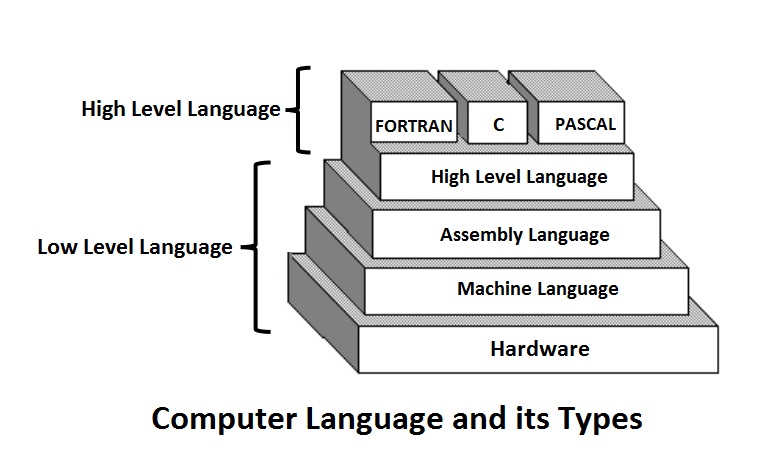

1.6.1 Machine Language
Machine
language or machine code is the native language directly
understood by the computer’s central processing unit or
CPU. This type of computer language is not easy to understand,
as it only uses a binary system, an element of notations
containing only a series of numbers consisting of one
and zero, to produce commands.
1.6.2 Assembly Level Language
Assembly
Level Language is a set of codes that can run directly
on the computer’s processor. This type of language is
most appropriate in writing operating systems and maintaining
desktop applications. With the assembly level language,
it is easier for a programmer to define commands. It
is easier to understand and use as compared to machine language.
1.6.3 High Level Language
High
Level Languages are user-friendly languages which are similar
to English with vocabulary of words and symbols. These
are easier to learn and require less time to write. They
are problem oriented rather than ‘machine’ based.
Program
written in a high-level language can be translated into
many machine languages and therefore can run on any computer
for which there exists an appropriate translator.
 Hi everyone, My name's Vishal Kumar. I'm 20 years old and I'm from India. I like reading books, horror novels and studying English. I like watch horror hollywood movies like(Harry potter, Wrong turn, Evil Dead).
Nice to meet to you all.
Hi everyone, My name's Vishal Kumar. I'm 20 years old and I'm from India. I like reading books, horror novels and studying English. I like watch horror hollywood movies like(Harry potter, Wrong turn, Evil Dead).
Nice to meet to you all.
Friday 28 July 2017
Computer Knowledge Basic
Welcome to My Web Page: computerknowledge8383.blogspot.com
Contact :+91-9958719557
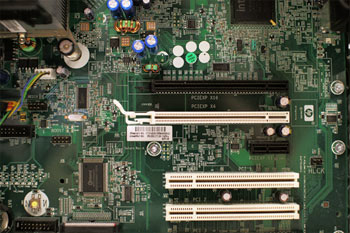

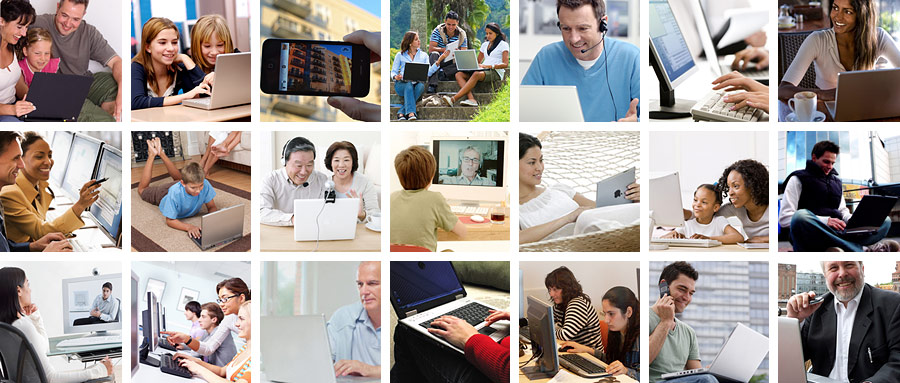
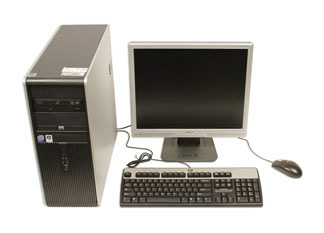

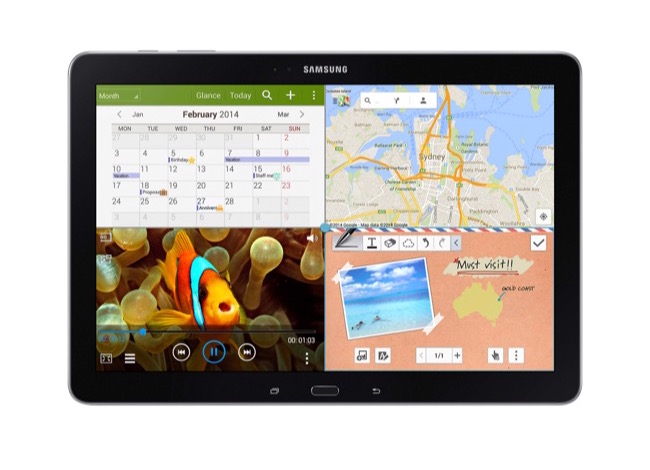
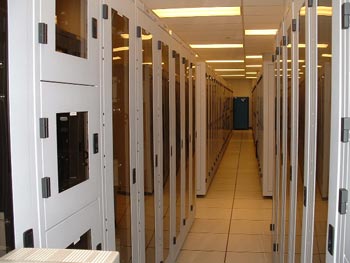
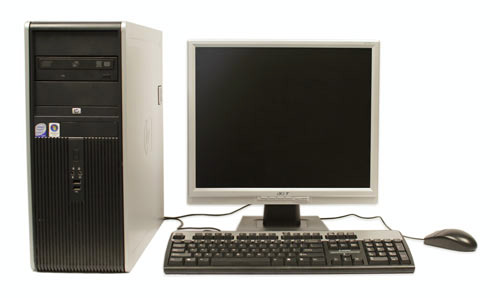
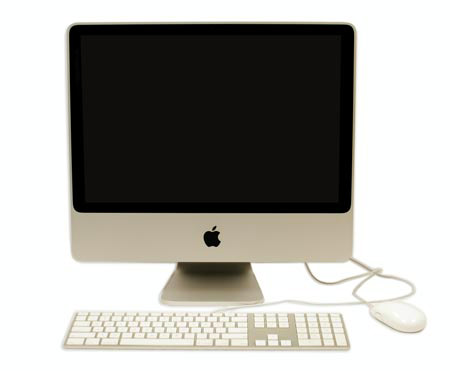
Contact :+91-9958719557
CoMpUtEr - KnOw LeDgE
C - Commonly
O - Operating
M - Machine
P - Particularly
U - Used for
T - Technical/Trade
E - Education
R - Research
What is a Computer?
A computer is an electronic device that manipulates information, or data. It has the ability to store, retrieve, and process data. You may already know that you can use a computer to type documents, send email, play games, and browse the Web. You can also use it to edit or create spreadsheets, presentations, and even videos.
Computer is collection of Hardware and Software components Which in many difference task.
Hardware vs. software
Before we talk about different types of computers, let's talk about two things all computers have in common: hardware and software.
- Hardware is any part of your computer that has a physical structure, such as the keyboard or mouse. It also includes all of the computer's internal parts, which you can see in the image below.

- Software is any set of instructions that tells the hardware what to do and how to do it. Examples of software include web browsers, games, and word processors. Below, you can see an image of Microsoft PowerPoint, which is used to create presentations. Software is soul of computer.

Everything you do on your computer will rely on both hardware and software. For example, right now you may be viewing this lesson in a web browser (software) and using your mouse (hardware) to click from page to page. As you learn about different types of computers, ask yourself about the differences in their hardware. As you progress through this tutorial, you'll see that different types of computers also often use different types of software.
What are the different types of computers?
When most people hear the word computer, they think of a personal computer such as a desktop or laptop. However, computers come in many shapes and sizes, and they perform many different functions in our daily lives. When you withdraw cash from an ATM, scan groceries at the store, or use a calculator, you're using a type of computer.

Desktop computers

Many people use desktop computers at work, home, and school. Desktop computers are designed to be placed on a desk, and they're typically made up of a few different parts, including the computer case, monitor, keyboard, and mouse.
Laptop computers

The second type of computer you may be familiar with is a laptop computer, commonly called a laptop. Laptops are battery-powered computers that are more portable than desktops, allowing you to use them almost anywhere.
Tablet computers

Tablet computers — or tablets —are handheld computers that are even more portable than laptops. Instead of a keyboard and mouse, tablets use a touch-sensitive screen for typing and navigation. The iPad is an example of a tablet.
Servers

A server is a computer that serves up information to other computers on a network. For example, whenever you use the Internet, you're looking at something that's stored on a server. Many businesses also use local file servers to store and share files internally.
Other types of computers
Many of today's electronics are basically specialized computers, though we don't always think of them that way. Here are a few common examples.
- Smartphones: Many cell phones can do a lot of things computers can do, including browsing the Internet and playing games. They are often called smartphones.
- Wearables: Wearable technology is a general term for a group of devices—including fitness trackers and smartwatches—that are designed to be worn throughout the day. These devices are often called wearables for short.
- Game consoles: A game console is a specialized type of computer that is used for playing video games on your TV.
- TVs: Many TVs now include applications—or apps—that let you access various types of online content. For example, you can stream video from the Internet directly onto your TV.
PCs and Macs
Personal computers come in two main styles: PC and Mac. Both are fully functional, but they have a different look and feel, and many people prefer one or the other.
PCs

This type of computer began with the original IBM PC that was introduced in 1981. Other companies began creating similar computers, which were called IBM PC Compatible (often shortened to PC). Today, this is the most common type of personal computer, and it typically includes the Microsoft Windows operating system.
Macs

The Macintosh computer was introduced in 1984, and it was the first widely sold personal computer with a graphical user interface, or GUI (pronounced gooey). All Macs are made by one company (Apple), and they almost always use the Mac OS Xoperating system.
 Hi everyone, My name's Vishal Kumar. I'm 20 years old and I'm from India. I like reading books, horror novels and studying English. I like watch horror hollywood movies like(Harry potter, Wrong turn, Evil Dead).
Nice to meet to you all.
Hi everyone, My name's Vishal Kumar. I'm 20 years old and I'm from India. I like reading books, horror novels and studying English. I like watch horror hollywood movies like(Harry potter, Wrong turn, Evil Dead).
Nice to meet to you all.
Subscribe to:
Posts (Atom)
